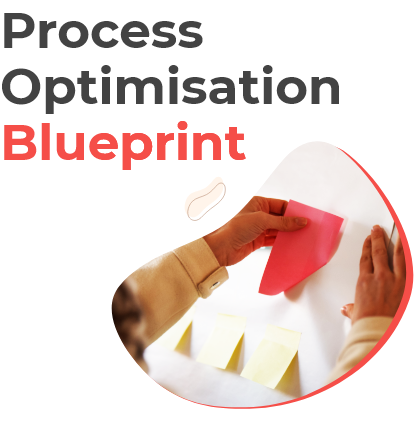Increasing the Efficiency of your BPM Efforts

Business Process Management (BPM) is a systematic method to improve the way a business function. It is a comprehensive scheme that includes the management of people and information.
Most organisations today are under pressure to decrease costs and improve production to stay ahead. In order to gain the upper hand over their competitors, businesses are increasingly opting for BPM software, since they can provide enhanced operational and cost efficiency, improved customer service, increased product and service innovation and business agility.
Just like any other software, BPM, once implemented, must be reviewed at intervals to make sure that the software is producing the desired results.
The following are a list of steps that can be undertaken by the business to increase the efficiency of their BPM efforts:
- Identify problematic areas – This includes figuring out what is working and what is not, so one can prioritise their attention on business development and think about how every process affects the business and its customers.
- Analyse the current procedure – Analysing the current procedure after identifying the areas that need improvement is important for a business, since it gives a clear idea about the overall process and helps the management understand where they are going wrong. This done by preparing a flowchart, which provides the organisation with a visual model of the steps.
- Create realistic goals – Having a goal that is within the realm of possibility ensures that the business is working towards achieving the goals without increasing costs.
- Get feedback – Feedback is essential for any product to achieve success. Getting feedback, both positive and negative helps the business understand what they are doing right and wrong and work accordingly. Further, getting feedback from those who are directly affected by the BPM and taking their inputs into consideration helps decision makers come up with improved ideas for their business.
- Be flexible – A rigid system works against change, while a flexible system is more adaptable to change. Maintaining a flexible system ensures that the business makes efficient and relevant changes which work in favour of the organisation.
- Monitor the process from start to finish – Since implementing changes in an organisation can be a tedious task, it is important to keep tabs on the processes within an organisation and plan, execute and manage everything carefully. Monitoring helps in identifying areas that need correction and ensuring that the correction, once implemented, is being followed by all.
Are you tired of…Messy, manual processes that can't be scaled?
We work with operations leaders looking to digitally transform their manual back-office processes and procedures.
We combine your existing business processes with our software, plus decades of enterprise process re-engineering and change management experience to quickly scale and see the results you are looking for.





